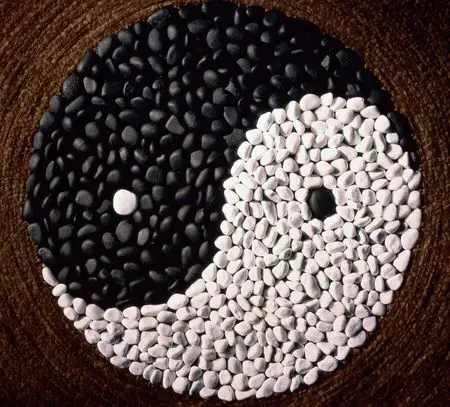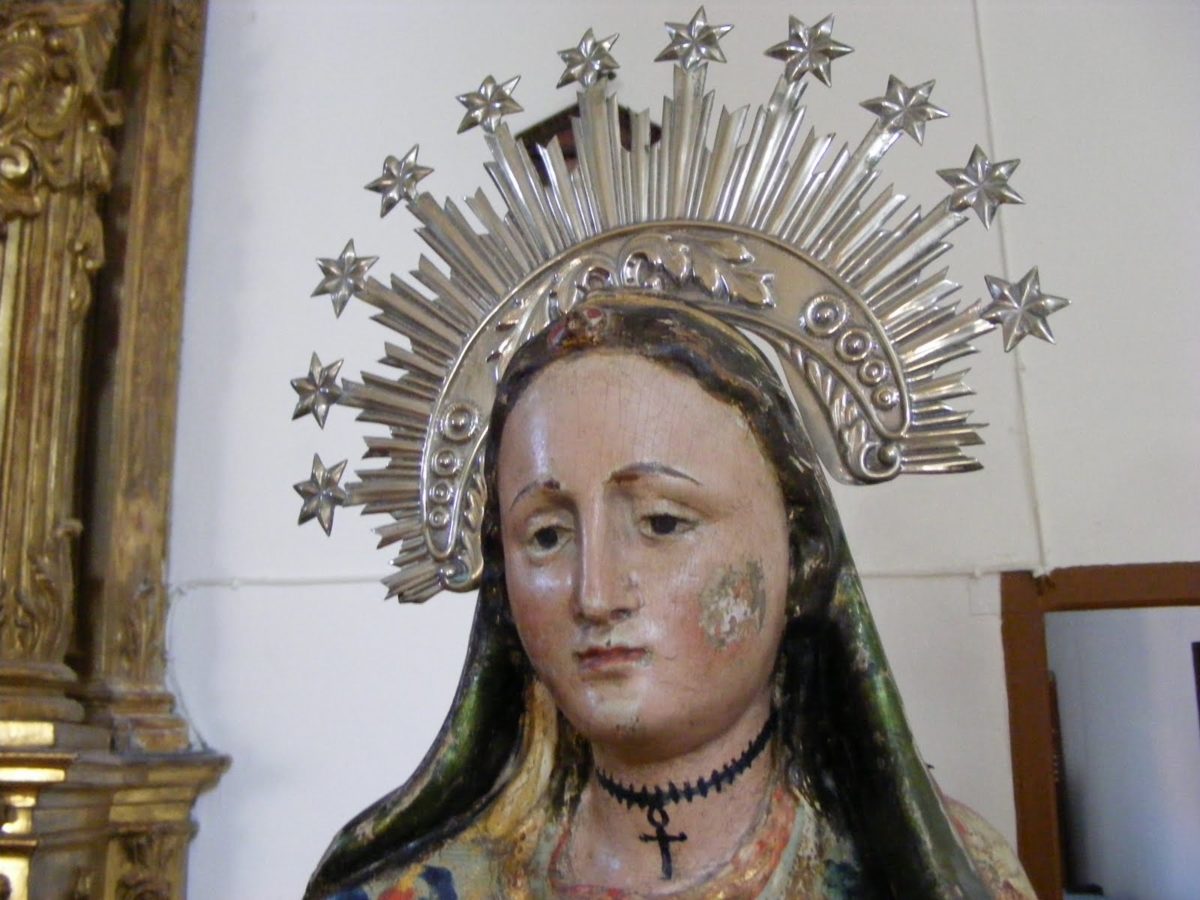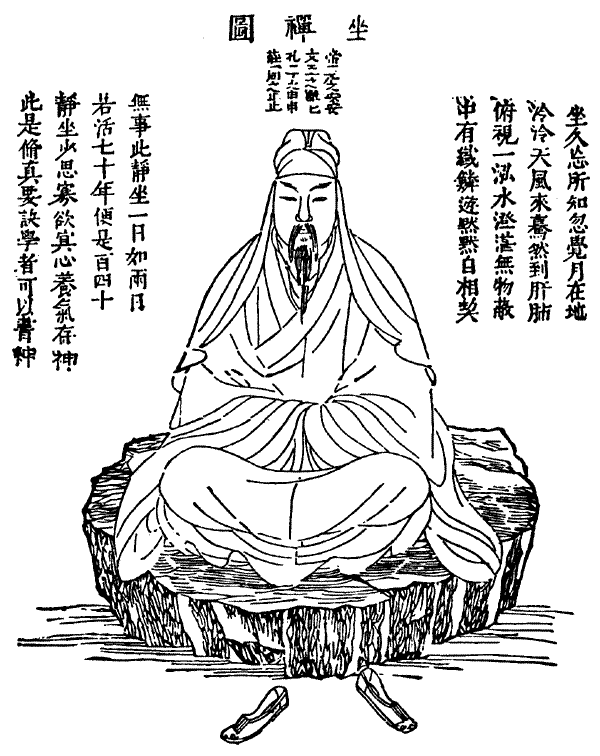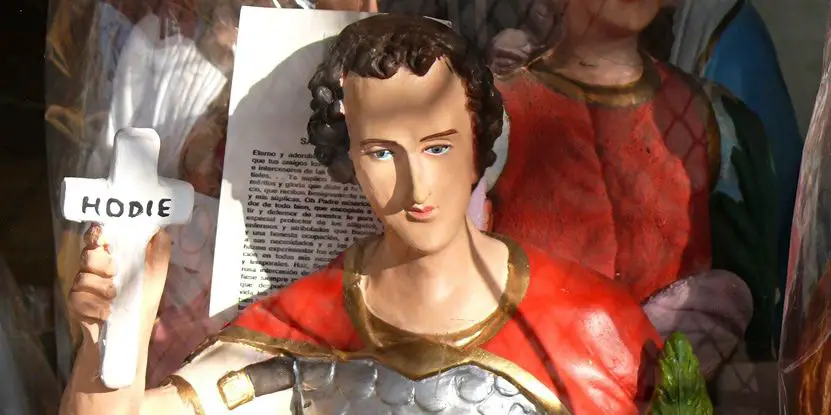If we look at Taoism as a religion, it is one of the oldest philosophical and religious traditions of Chinese belief.

Taoism as a Religion. China.
Taoism is an ancient Chinese tradition of philosophical and religious belief, also known as Daoism, which is a more accurate way of saying the Chinese word in English.
Tao (in Taoism) is often translated as ‘the way’. It is very difficult to estimate the number of Taoists in the world, especially in mainland China where the religion was banned under the strictest Communist rule.
However, it is estimated that there are around 300 million Taoists in China alone. There are thought to be more than 30 million in Taiwan, Macau and Hong Kong, and smaller populations scattered throughout Vietnam, Korea, Laos and Thailand. In both the United States and the United Kingdom, there are estimated to be populations of around 30,000 Taoists. Although it is a relatively little known religion outside of Asia, its followers make up a significant percentage of the world’s population in the 21st century (see article: Chakras and Aromatherapy).

Origin.
Its origins are obscure. The earliest teachings are usually attributed to Lao Tzu, who wrote the influential Taoist text Dao De Jing (The Way and Its Power) in the 15th century AD. While the only other popular Chinese philosophy of the time, Confucianism, emphasised ethical action, Taoism promoted the virtue of wu wei (non-action) or going with the flow: the power of emptiness, detachment, receptivity, spontaneity, the power of gentleness, the relativism of human values and the pursuit of long life are other Taoist themes.
The expert Taoist of the time was concerned with attaining immortality, which led to the development of alchemy and meditation methods.
Taoism provided an alternative to the Confucian tradition in China, and the two traditions easily coexisted, sometimes within the same individual. Over the centuries, however, Taoism found itself in direct competition with Buddhism. In order to survive, Taoism incorporated practices from Buddhism and ancient Chinese folklore in order to
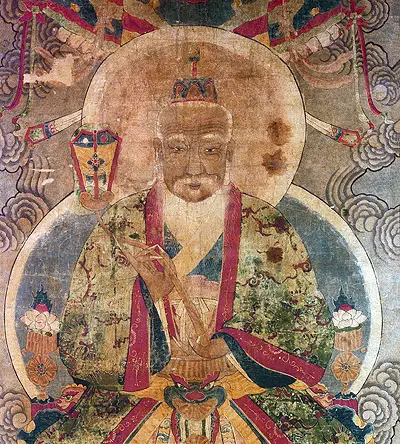
What is Taoism?
It is a set of belief systems around a central concept called Tao, associated with gymnastic, sexual, talismanic, magical, religious and philosophical practices. Most of these practices are part of Chinese popular culture, its folklore. They are not exclusive to Taoism. However, it is Taoism’s ability to integrate them that allows them to be associated with Taoism.
https://www.youtube.com/watch?v=mp9H7C7NLns
The aims of Taoism
The main goal of Taoism can be described as the mystical intuition of the Tao, which is the way, the original meaning, the unity without divisions, the ultimate reality. The Tao is the Way of all beings, the nameless Principle of Heaven and Earth, and the Mother of all things. To discover the Tao is to uncover the deepest layers of consciousness in such a way as to arrive at pure consciousness and thus appreciate the inner truth of all things. Only one who is free from desire can embrace the Tao and thus lead an existence of “inactive activity”. There is no personal God in Taoism, and therefore no union with Him.
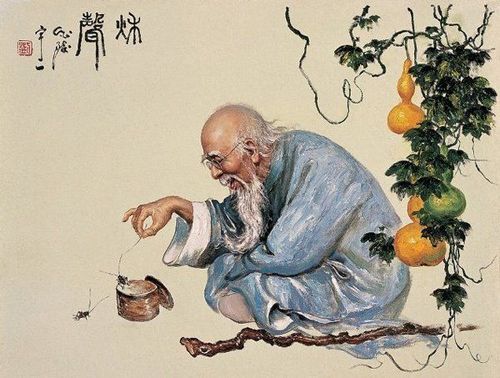
Characteristics.
According to Taoists, the Tao is the absolute principle underlying the universe, combining the principles of Yin and Yang, and means the way or code of conduct. The power of the way is called Te. The Tao is said to flow through all life and a believer strives to be in harmony with this force:
- The Supreme Being or Ultimate Truth is beyond words or conceptual understanding.
- They do not recognise the issue of good versus evil, but see the interdependence of all dualities, as well as the concept of the opposites of yin and yang.
- They do not accept the duality of salvation and damnation. There is no concept of heaven or hell, the ultimate goal is to return to the Tao, the universal life force.
- The Taoists believe that there are three values, three jewels, by which every Taoist should live: compassion, moderation and humility.
- There are a number of deities, and Taoists believe that each of them is the manifestation of some aspect of the Tao. However, Taoists do not worship these deities, do not personify them, and do not believe that they can solve any of the problems in their lives.
- Taoists solve their problems through meditation and observation.
Religion.
It is a polytheistic religion with more than a thousand deities. It is a belief system with a mixture of elements from philosophical Taoism, Confucianism, Buddhism and local Chinese and Southeast Asian beliefs, forming a religious syncretism that distinguishes it from Taoism as a philosophy of life.
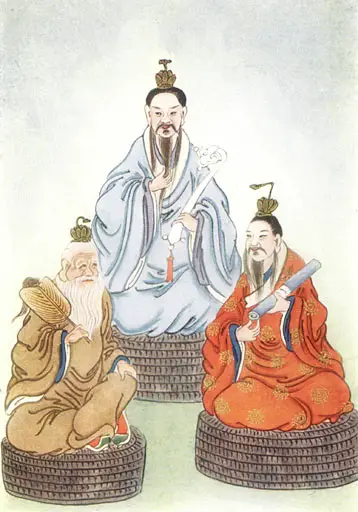
Divinities.
Among all the gods, the San Ching (The Three Pure Ones) stand out: Yuanshi Tianzun, (Jade Pure One) “Venerable Celestial of the Original Beginning”.Lingbao Tianzun (Superior Pure One) “Venerable Celestial of the Sublime Treasure”.Taishang Laojun (Great Pure One) “Supreme Lord Lao”.
Other deities: Yu Huang (Jade Emperor), who will eventually become the supreme deity of the folk religion. Hsi Wang Mu (Queen Mother of the West)She reigns in the Paradise of the Immortals and is the mediator between the higher gods and humans who wish to attain immortality.
Beliefs.
Since Taoism has never been a unified religion, but rather a series of teachings based on different revelations, the different branches of Taoism hold different beliefs. However, there are some beliefs that are common to all the different schools.
Taoist theology emphasises several aspects found in the Daodejing and Zhuangzi, such as naturalness, vitality, peace, non-action (wu-wei), flexibility, receptivity, spontaneity and the relativism of different ways of living, expressing oneself and behaving.
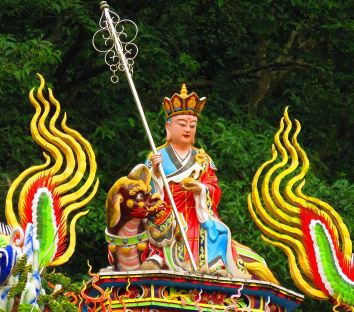
Religious leader.
The founder of Taoism is often considered to be the sage Lao-Tse, who is worshipped as a god by religious Taoists. He is credited with the sacred book Tao Te Ching, a text that suggests and uses the Tao to help leaders rule wisely. Another sacred book held in high esteem by Taoists is the Zuang Zi, which presents a philosophy of life that ordinary people can understand and follow.
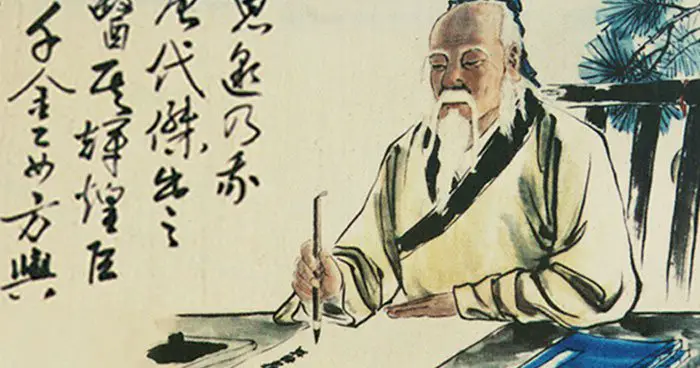
Schools.
Taiping Dao – School of modern peace and tranquillity.
Wudomi Dao – School of rice fields.
Characteristics:
- Ideologically based on the Taipingjing text.
- Strong peasant base.
- Social and protest movement based on religious ideas.
- Strong hierarchical and organisational structure.
- Revolutionary character of some approaches.
- Discipline, simple religious precepts, great ability to mobilise.
- Its birth was linked to the situation of social injustice towards the lower classes. Populism.
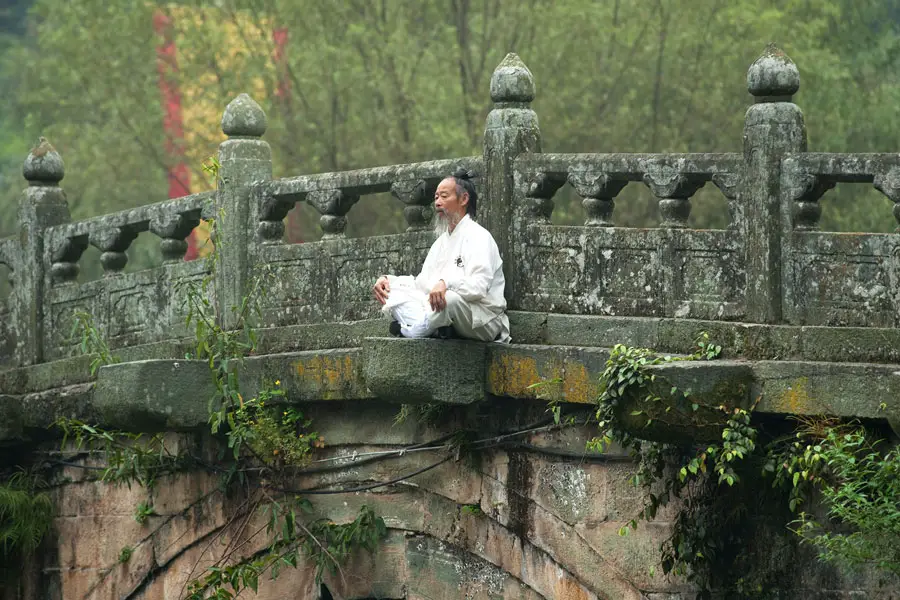
Rites.
The gods are worshipped in Taoist temples. Incense is burned as a sign of purification. Ritual dances and theatrical performances are very important at the popular level. The most important festival is the Chiao, which serves to maintain unity.
Sacred book.
The Taoist doctrine is collected in its two classic books: The Tao Te King (Hidden Book of the Way) The Chuang Tse (Master Chuang). The Tao Te Ching or “Book of Reason and Virtue” is one of the shortest books of all religions with only 5000 words. Its key text is the Tao Te Ching, originally written by Lao Zi, who reflected on how humanity could put an end to conflict and suffering (see article: Sacred Book).
The path to enlightenment.
One who follows the Tao follows the natural order of things, not seeking to improve nature or to legislate virtue for others.
This path involves self-purification through the control of appetites and emotions, achieved in part through meditation, breath control, and other forms of self-discipline, usually under the supervision of a master.
https://www.youtube.com/watch?v=DXUq-6fhH9M
Signs and Symbols.
The Yin Yang symbol is known as the Tai Chi diagram and is represented by a circle divided by a wavy line in black and white. Yin corresponds to the left half of the sphere, which is black and represents passive, feminine, nocturnal, dark and cold. Yang, on the other hand, corresponds to the right side of the sphere, which is white and represents the active, masculine, bright and diurnal principle.
In Chinese philosophy, yin yang is used to describe how opposing forces in the real world are interconnected and interdependent, with one being the cause of the other and vice versa.
This concept is common to most branches of traditional Chinese philosophy and science, as well as being a fundamental aspect of traditional Chinese medicine and a basic principle of certain martial arts.
